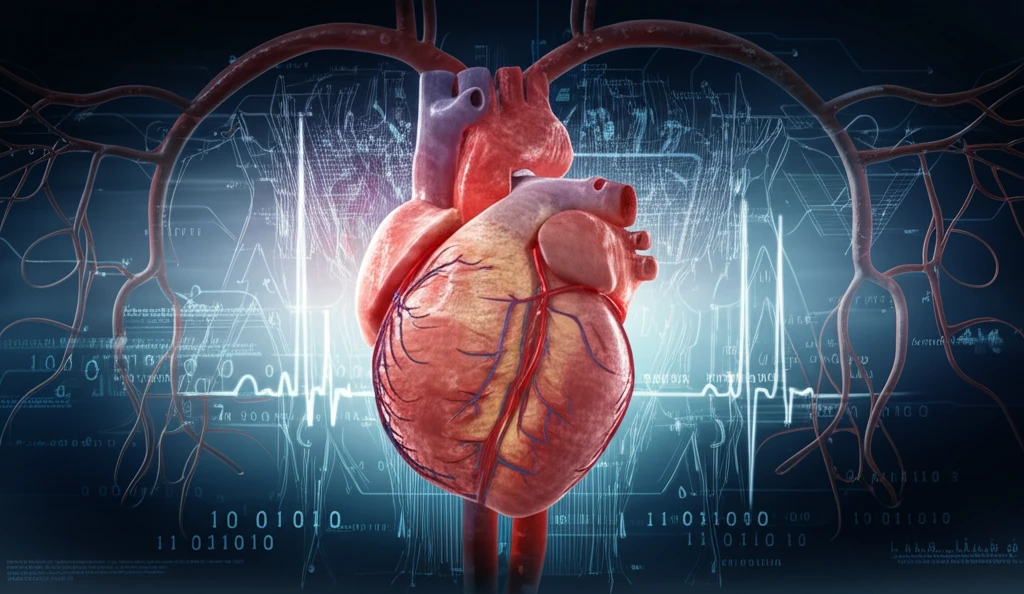
Decoding Chest Pain: How Hybrid Heart Imaging Can Save Lives
"Combining advanced echocardiography with CT angiography offers a new perspective on heart health, enabling earlier and more accurate diagnosis of coronary artery disease."
Chest pain can be alarming, often signaling potential heart problems. For many, the journey to understanding the cause of that pain involves numerous tests and sometimes inconclusive results. But what if there was a more precise way to diagnose heart issues, offering a clearer picture of what's really happening inside your chest? Cardiac hybrid imaging might be the answer.
Traditional methods of assessing heart health, such as EKGs and stress tests, have limitations. They may not always detect subtle but significant issues. A recent study highlighted the benefits of combining two powerful imaging techniques: 3D-strain echocardiography and coronary computed tomography angiography (CCTA). This hybrid approach offers a more comprehensive view of the heart, leading to more accurate diagnoses and better treatment plans.
This article explores how this innovative combination of technologies is transforming cardiac care, offering new insights into coronary artery disease and providing hope for those experiencing chest pain. We'll break down the science in an easy-to-understand way and explain why this approach could be a game-changer for your heart health.
The Power of Hybrid Imaging: Seeing the Heart in a New Light

Imagine having a detailed map of your heart, showing not only the structure of your arteries but also how well your heart muscle is functioning. That's precisely what cardiac hybrid imaging achieves. By merging the strengths of two distinct imaging methods, doctors gain a holistic understanding of the heart's condition.
- Enhanced Accuracy: Combining CCTA and echocardiography provides a more accurate diagnosis than either test alone.
- Comprehensive View: This approach offers both anatomical and functional insights into heart health.
- Personalized Treatment: Precise diagnoses lead to tailored treatment plans, improving patient outcomes.
- Early Detection: Hybrid imaging can detect subtle heart problems before they become severe.
A Brighter Future for Heart Health
Cardiac hybrid imaging represents a significant step forward in the diagnosis and management of coronary artery disease. By combining detailed anatomical information with functional assessments, this approach empowers doctors to make more informed decisions, leading to better outcomes for patients experiencing chest pain and other heart-related issues. As technology continues to advance, we can expect even more sophisticated imaging techniques to emerge, further improving our ability to detect and treat heart disease early on, offering hope for a healthier future.
